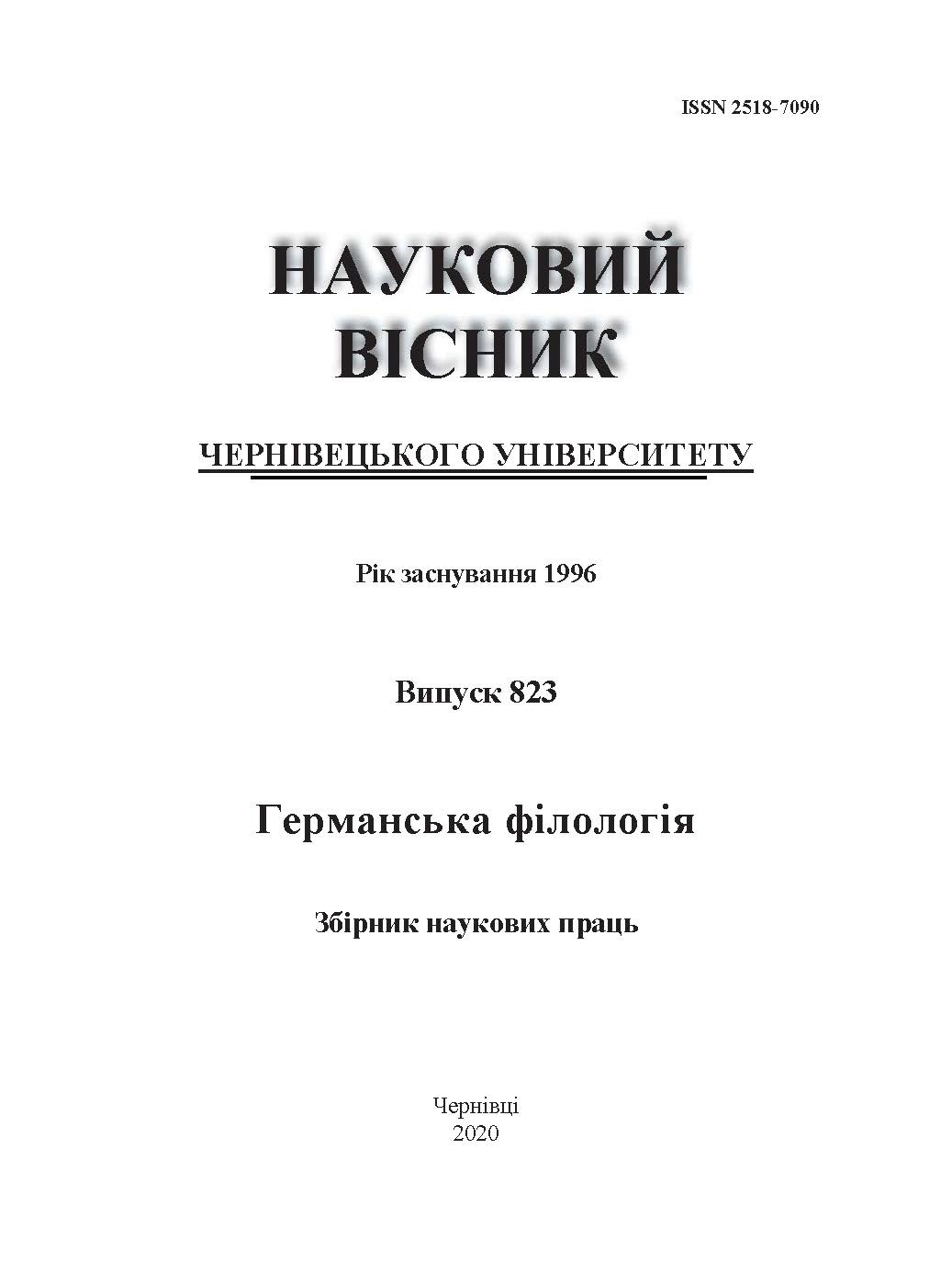FUNCTIONAL FEATURES OF THE INVERTED WORD ORDER IN THE ENGLISH DISCOURSE OF FICTION
DOI:
https://doi.org/10.31861/gph2020.823.74-79Abstract
he article deals with the analysis of the peculiarities of the inverted word order functioning in the English discourse of fiction. The research is focused on the identification of the functional load and the purpose of the inversion use by the author in a particular content. Patterns and classification of the inverse word order are under examination. In the English discourse of fiction inversion is a widely used stylistic devise that offers both simplification and enrichment of English. That is why the focus is on analysing this particular discourse in terms of the inversion. Having analysed the typology of inversions used in the English discourse of fiction, it was revealed that eight types of inversions are represented in this type of the discourse: local, exclamative, in questions, with the construction there, negative, for equilibrium, with established structures, heavy. Moreover, in the course of the analysis it was found out that each type of inversion performs certain functions in the sentence. The topic under consideration is of immediate interest due to the need to deepen and systematize knowledge about the phenomenon of the inverted word order and its functional features by reasons of the lack of study of some aspects within this issue having regard to dissimilar semantic load and different significance of given aspect in analytic and synthetic languages. In addition, insufficient source base represented by the availability of different approaches, offered by researchers and deficiency of complete data systematization, was of particular difficulty in the process of research.





